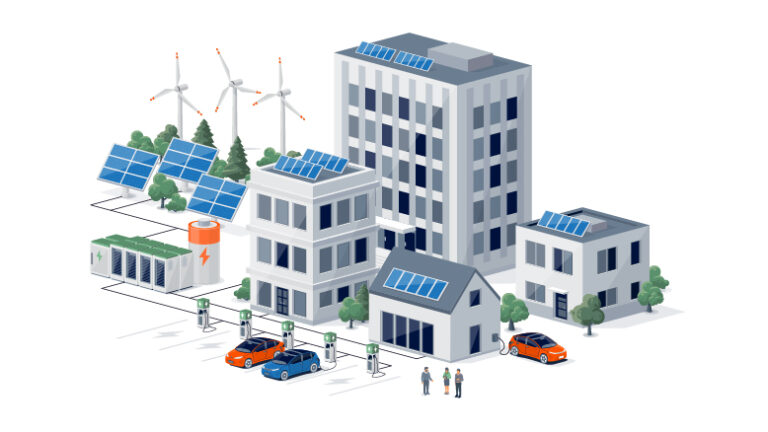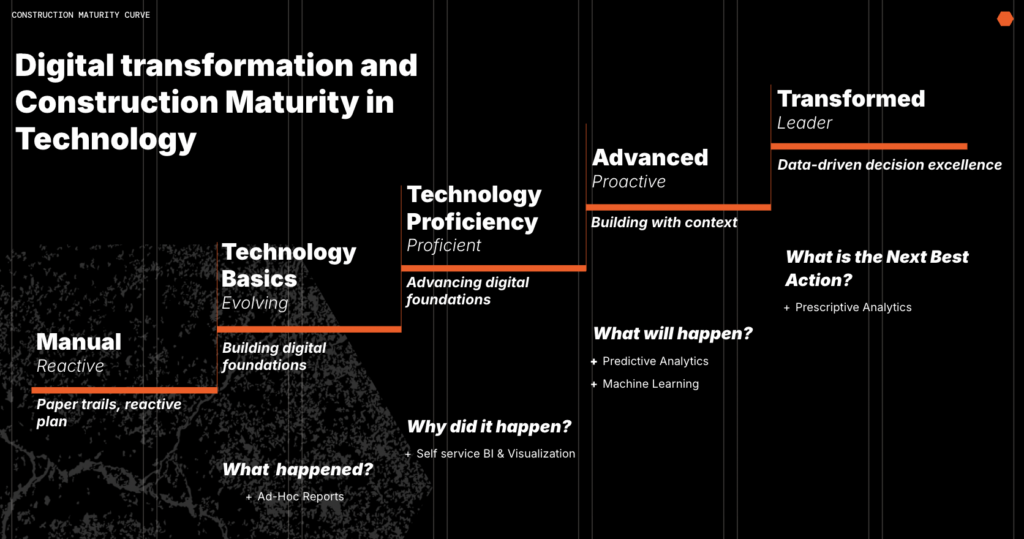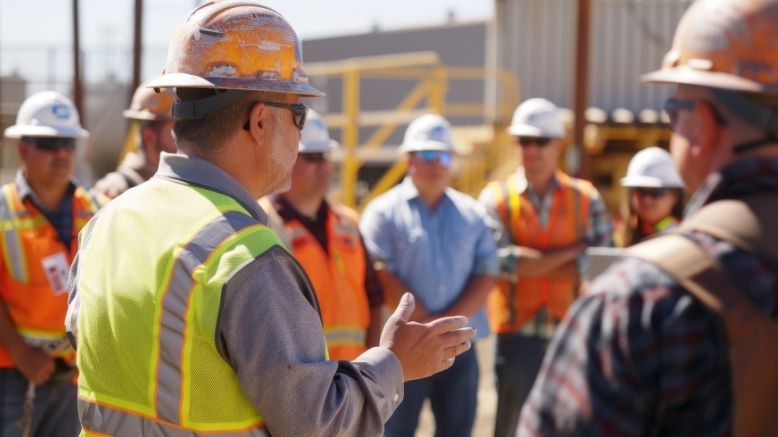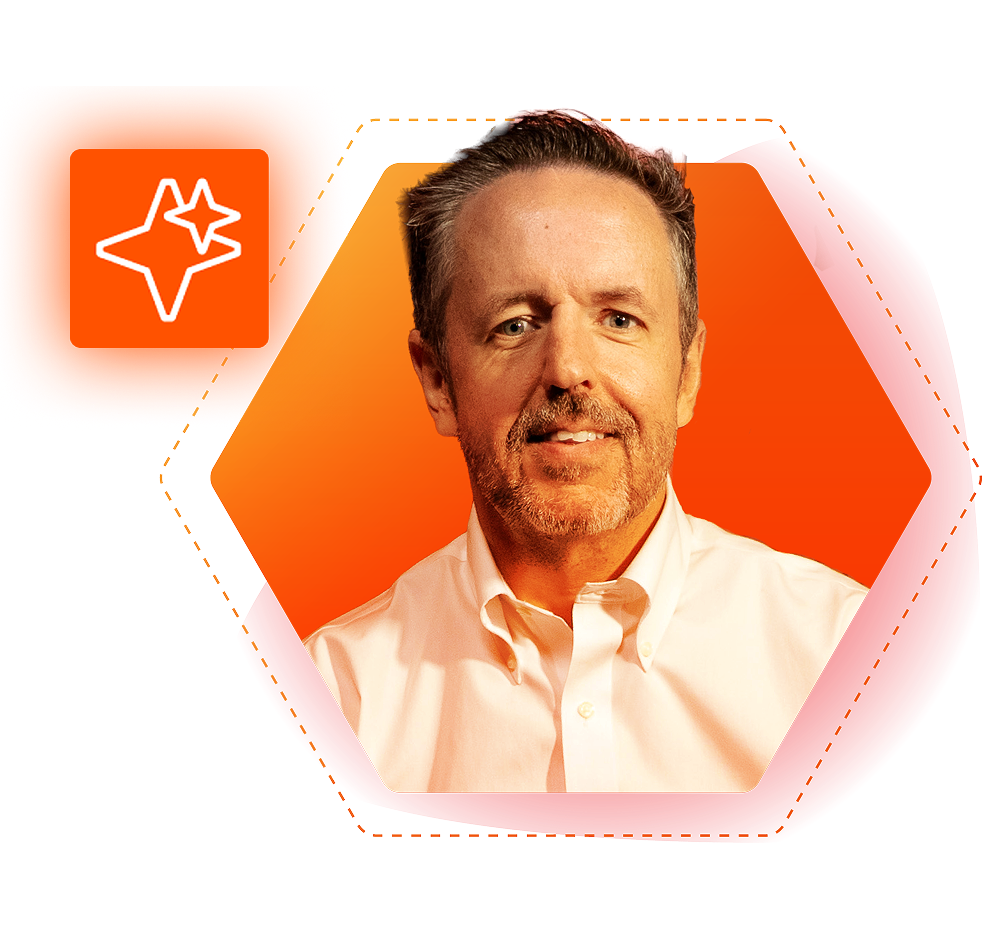— 6 min read
Driving Innovation in Renewable Energy Construction


Last Updated Sep 23, 2025

Rick Kemsley
Chief Information Technology Officer
Rick Kemsley is a technology executive with over three decades of diverse experience in IT leadership, strategic operations, and professional services. As the Chief Information Technology Officer at Intellis Software since November 2023, Rick has been instrumental in driving innovation and technology solutions in the San Francisco Bay Area. Prior to this, he served as the Chief Operations and Technology Officer at Solargistix, where he embraced led the enhancement of technology for the firm. Rick's career includes serving as the VP of Professional Services at Reputation from February 2022 to December 2023. During his time at the organization, he significantly expanded the EMEA team and grew the workforce from 10 to over 70 employees across North America, Europe, and India. Before Reputation, Rick held senior positions including Senior Director of Professional Services at the company, and managerial roles in various organizations such as Orangetheory Fitness and Passage Nautical Enterprises. His entrepreneurial spirit also shone through during his tenure as CEO of Kaizen Associates Inc, where he led the company for over 23 years.

James Hamilton
Writer & Producer
83 articles
James Hamilton is a writer based in Brooklyn, New York with experience in television, documentaries, journalism, comedy, and podcasts. His work has been featured on VICE TV and on The Moth. James was a writer and narrator for the show, VICE News Tonight, where he won an Emmy Award and was nominated for a Peabody Award.
Last Updated Sep 23, 2025

Renewable energy construction can feel like a sector that has one foot firmly planted in the future and one stuck in the past. The elements used to capture and convert energy from renewable sources are constantly advancing. The capacity of batteries is regularly expanding and the demand for renewable energy is soaring.
Yet, the tools, systems and workflows used in the construction of renewable energy projects are often based on legacy systems and have yet to catch up. People working in the sector are often racing to find ways to improve what they do, find competitive advantages and keep up with new technologies hitting the market, all while relying on less-than-optimal systems for managing communication, documents and data.
Effective innovation is never as simple as tracking down the most cutting-edge technology, and this is especially true in the competitive, fast-moving world of renewable energy construction. Solutions need to be long-lasting, adaptable and offer a clear return on investment (ROI). Let’s examine the best ways to find and adopt innovations in the construction of renewable energy projects that help drive competitiveness and growth.
Table of contents
Keeping the System in Mind When Innovating
An innovation should do more than simply help complete a task or solve a problem. All new tools should align with existing processes and be integrated with other processes and workflows; even point solutions, which are tools meant to carry out a specific function. Tools and technologies that are selected without considering the system they will exist within often don’t last long. They can create more work, introduce redundancies, require a ton of training for skills with limited applications and are more likely to become incompatible with future systems and innovations.
Tools are interconnected parts of a larger system. For example, requests for information (RFIs), design changes and regulatory compliance are connected parts of the construction process. Adopting and implementing innovations in any of those workflows requires exploring how it will impact and, hopefully, improve the other processes.
Currently, I'm developing a dashboard for renewable energy projects. This dashboard integrates data from various components such as PV panels, batteries and EV chargers. By measuring and optimizing the performance of each element, the dashboard ensures efficient energy production and usage. It tracks the energy input and output of batteries, monitors the usage of EV chargers and adapts power sourcing depending on the time of day and energy availability.
Unlike existing setups, this dashboard provides a high-level management system to oversee all components, enhancing real-time monitoring and optimization. So, when issues arise, such as a failing battery bank, I can drill down the rest APIs into that software. The software then tells me exactly what I need to go do, so I can bring that back and have an O&M guy go out there and complete that work.

Rick Kemsley
Chief Information Technology Officer
Intellis Software
Considering the holistic impact of a new tool or solution on other processes also prioritizes the experience of users, which further increases the likelihood of successful adoption and implementation. Innovations should feel exciting and transformative, but they should also, quite simply, complement and enhance the work people are already doing.
Innovation starts with understanding the business.
Pro Tip
To effectively drive innovation, business and systems analysts should rely on traditional software development techniques and understand the business and its challenges. Use data flow diagrams to map processes, identify inputs and outputs and pinpoint optimization opportunities.
The process of innovation requires identifying the needs it should meet and the problems it should solve. In many cases, this starts with understanding how the business functions and how work gets done. Effective analysis can be as simple as evaluating the input that goes into a workflow, comparing that to the output and looking for problems, discrepancies and inefficiencies.
Timeless tools, such as data flow diagrams, can help map how information moves through a system to identify breakdowns or bottlenecks. This type of structured, methodical approach yields data that doesn’t just identify areas that can be improved, but also can be used later to assess whether innovations are effective.
Building a Strong Business Case for Investment
If an innovation delivers on improving efficiency and outcomes, it will likely be well worth any money invested to make it happen.
The challenge is securing investment in the first place. Potential investors usually have a ton of questions and concerns that all boil down to the same thought: Is this innovation going to be profitable?
Getting the money to fund innovations usually requires demonstrating that the innovation will bring an ROI within a 3–6 year window. Investors want to know accurate ROI projections, upfront costs and potential financial benefits. In renewable energy construction, a compelling business case usually includes how an innovation is going to optimize energy production, storage and distribution for maximum profitability. Engineers can play a key role in translating technical data into business-relevant insights.
The ever-changing nature of renewable energy construction can make it more difficult to make compelling business cases. Changing regulations or a safety incident that made headlines can change how investors feel about new projects and innovations. Further, the renewable energy sector is relatively new, so people often have questions about how projects and systems will age and how materials will be handled after the project’s lifespan.
Educating stakeholders is always part of project development, and that’s particularly true in renewable energy, where people might hear things that aren’t necessarily indicative of larger trends. Staying informed about regulatory changes, communicating clearly and including flexibility in project planning can go a long way to handling most concerns.
Free AI in Construction Course with Hugh Seaton
Start learning today with industry expert Hugh Seaton and discover how AI can boost efficiency, reduce risk, and transform your projects.

Navigating Regulatory Challenges
Renewable energy construction projects happen in a variety of environments, from roofs in dense, urban areas to open fields miles away from any type of connectivity. Each city, county or federal government body may have different standards and requirements. But to make things more complicated, many authorities having jurisdiction (AHJs) have limited experience with renewable energy projects.
Engaging with local authorities early in the project goes a long way towards creating accurate plans and understanding required processes and inspections. Similarly, constant and transparent communication with stakeholders about the benefits, systems and timelines involved in renewable energy construction helps handle challenges.

Innovations should be made to last.
There are many things to consider when innovating renewable energy construction, but in the end, innovations need to last. There’s not one right way to assess the life of new tools or technologies, especially in a relatively new sector like renewable energy.
I've been involved in tech since the early days of coding with punch cards and have seen its evolution. Yet, the construction industry has often lagged behind. In the past, project management involved manual Gantt charts on walls, while now we have digital solutions. Looking ahead, the shift from SaaS to AI agents over the next five to seven years offers a chance for construction to not only catch up but to leverage these technologies in real-time for transformative change.
Rick Kemsley
Chief Information Technology Officer
Intellis Software
Industry standards and certifications, such as the Underwriters Laboratories (UL) certification for electrical safety, can help assess the quality and reliability of innovations. Similarly, consulting with experienced professionals and peers can be the best way to understand an innovation’s potential longevity based on past performance and real-world experience.
Once innovations are implemented, monitoring performance over time can help make necessary adjustments and make more informed decisions in the future. Learning how to talk about, assess and implement innovations creates a foundation for teams and organizations to build on in the future.
Was this article helpful?
Thank you for your submission.
0%
0%
You voted that this article was . Was this a mistake? If so, change your vote
Scroll less, learn more about construction.
Subscribe to The Blueprint, Procore’s construction newsletter, to get content from industry experts delivered straight to your inbox.
By clicking this button, you agree to our Privacy Notice and Terms of Service.
Thank you!
You’re signed up to receive The Blueprint newsletter from Procore. You can unsubscribe at any time.
Categories:
Written by

Rick Kemsley
Chief Information Technology Officer | Intellis Software
Rick Kemsley is a technology executive with over three decades of diverse experience in IT leadership, strategic operations, and professional services. As the Chief Information Technology Officer at Intellis Software since November 2023, Rick has been instrumental in driving innovation and technology solutions in the San Francisco Bay Area. Prior to this, he served as the Chief Operations and Technology Officer at Solargistix, where he embraced led the enhancement of technology for the firm. Rick's career includes serving as the VP of Professional Services at Reputation from February 2022 to December 2023. During his time at the organization, he significantly expanded the EMEA team and grew the workforce from 10 to over 70 employees across North America, Europe, and India. Before Reputation, Rick held senior positions including Senior Director of Professional Services at the company, and managerial roles in various organizations such as Orangetheory Fitness and Passage Nautical Enterprises. His entrepreneurial spirit also shone through during his tenure as CEO of Kaizen Associates Inc, where he led the company for over 23 years.
View profile
James Hamilton
Writer & Producer
83 articles
James Hamilton is a writer based in Brooklyn, New York with experience in television, documentaries, journalism, comedy, and podcasts. His work has been featured on VICE TV and on The Moth. James was a writer and narrator for the show, VICE News Tonight, where he won an Emmy Award and was nominated for a Peabody Award.
View profileExplore more helpful resources

Repeatability Redefined: Leveraging Data for Smarter Renewable Energy Construction
The concept of “repeatability” in construction is more than simply, “If it works, do it again.” It’s about knowing what exactly worked, why it worked and how to continuously replicate...

Harnessing Energy: Advancements in Offshore Wind Farm Construction
Offshore wind farms harness the potential of oceanic wind resources, providing a reliable and eco-friendly power source. As energy demand continues to escalate worldwide, these vast installations offer construction professionals...

Defending Against Financial & Legal Risks on Megaprojects
The construction industry has seen marked growth in megaprojects. Some experts classify any project over $500 million as a megaproject, while others argue that the build needs to be $1...

Unlocking Project Intelligence: Moving from Raw Data to Actionable Insights
The construction industry faces a wide range of challenges, from ongoing labor shortages to frequent cost overruns. But some the biggest hurdles all stem from unpredictability. The general contractors (GCs)...
Free Tools
Calculators
Use our calculators to estimate the cost of construction materials for your next project.
Templates
Find a template to help you with your construction project tasks.
Material Price Tracker
Get the latest U.S. retail prices and view historical trends for common building materials.
Glossary
Explore key terms and phrases used in the industry.
